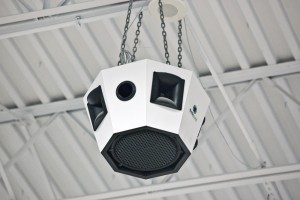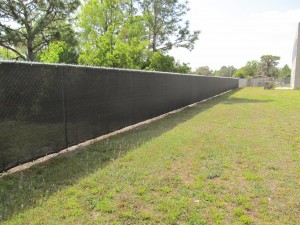
Internal and external public address systems can be among the most effective means of school emergency communications. Periodic testing of these systems can be important.
School emergency communications is important
Regardless of the type of school emergency, the ability of staff to communicate can be a life and death matter. Today, there are often numerous options for school emergency communication.
All of these approaches have two things in common:
- They require humans to take some form of action.
- They have the potential for failure.
As almost any option for emergency communications can quickly become a life-saving capability, it is important to develop an approach to periodically test each option. There are a variety of ways to test specific systems, but I thought it would be helpful to provide some examples of how to test two of the most basic and important systems schools for a wide array of school emergencies: internal and external public address systems. While there are a number of excellent emergency communications alternatives, these two options are often still the fastest and most reliable way to communicate the need for students and staff to implement emergency protective actions such as lockdown and severe weather sheltering.
Testing emergency communications for internal public address
As a primary means of emergency communications for most K12 schools, it can be important to test the reliability of internal public address systems. When we assess schools, our analysts interview personnel in various parts of each building to see if they can not only hear, but just as importantly, understand announcements. We also suggest that our clients conduct an internal public address survey annually for each school. This can be done with a simple test announcement which instructs staff to email a contact point to let them know if they did or did not understand the test announcement. Of course, it is important to look at the responses to see if any areas with internal public address did not respond at all. Pay particular attention to gymnasiums, pool areas, kitchens, cafeterias, weight rooms, vocational shops, and other areas where noisy conditions often exist.
Testing emergency communications for external public address
One of the best emergency communications systems from a cost/benefit ration perspective, schools that have reliable external public address capability can warn students and staff who are in outdoor areas much more quickly and often more accurately than schools that either lack this capability or that attempt to use automated warning systems. To test external public address capability, we suggest that staff be surveyed to ask if they have noticed any outdoor areas where they have experienced problems hearing and understanding announcements. In addition, it is a good idea to position personnel in specific critical areas such as bus and parent loading and unloading areas, playgrounds, and athletic fields to see how clearly they can hear a test announcement.
Take appropriate corrective action
This type of testing will often reveal the need for adjustments to equipment or in some cases the need for additional speakers. It is important to follow through when concerns are identified. Sometimes it may not be feasible to correct problems with older systems. If this is the case, thoughtful alternative communications approaches should be developed to address the concern.
Many of our clients have dramatically improved their ability to communicate in an emergency by conducting these types of tests and taking corrective action. Take the time to test the approaches you rely on to warn people of danger – lives may someday depend on it.

